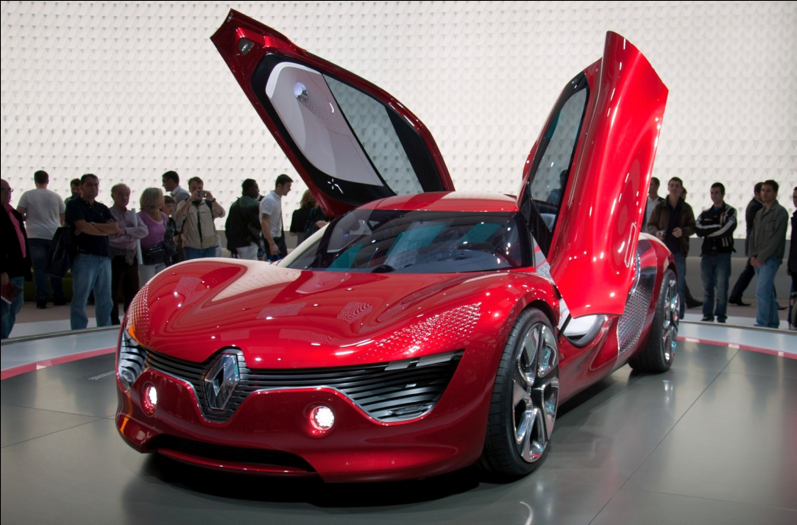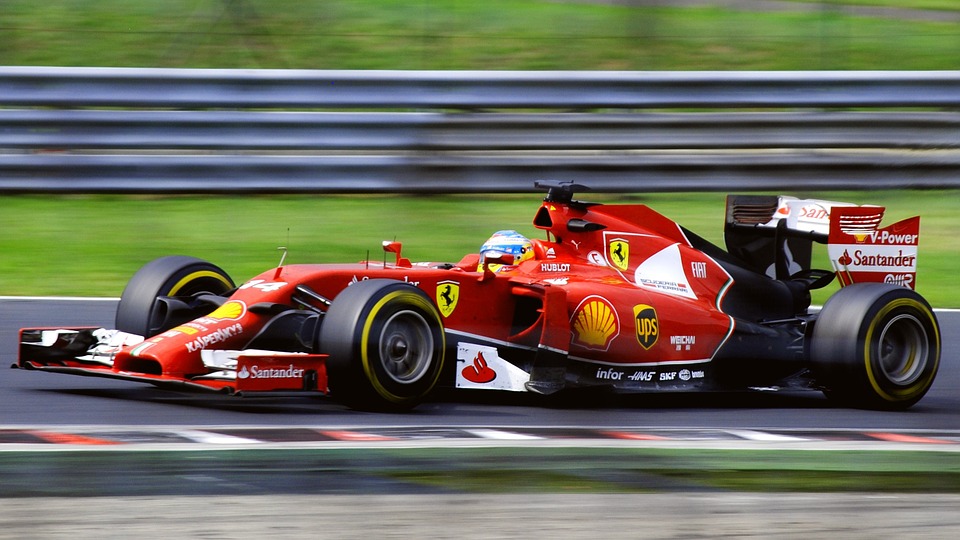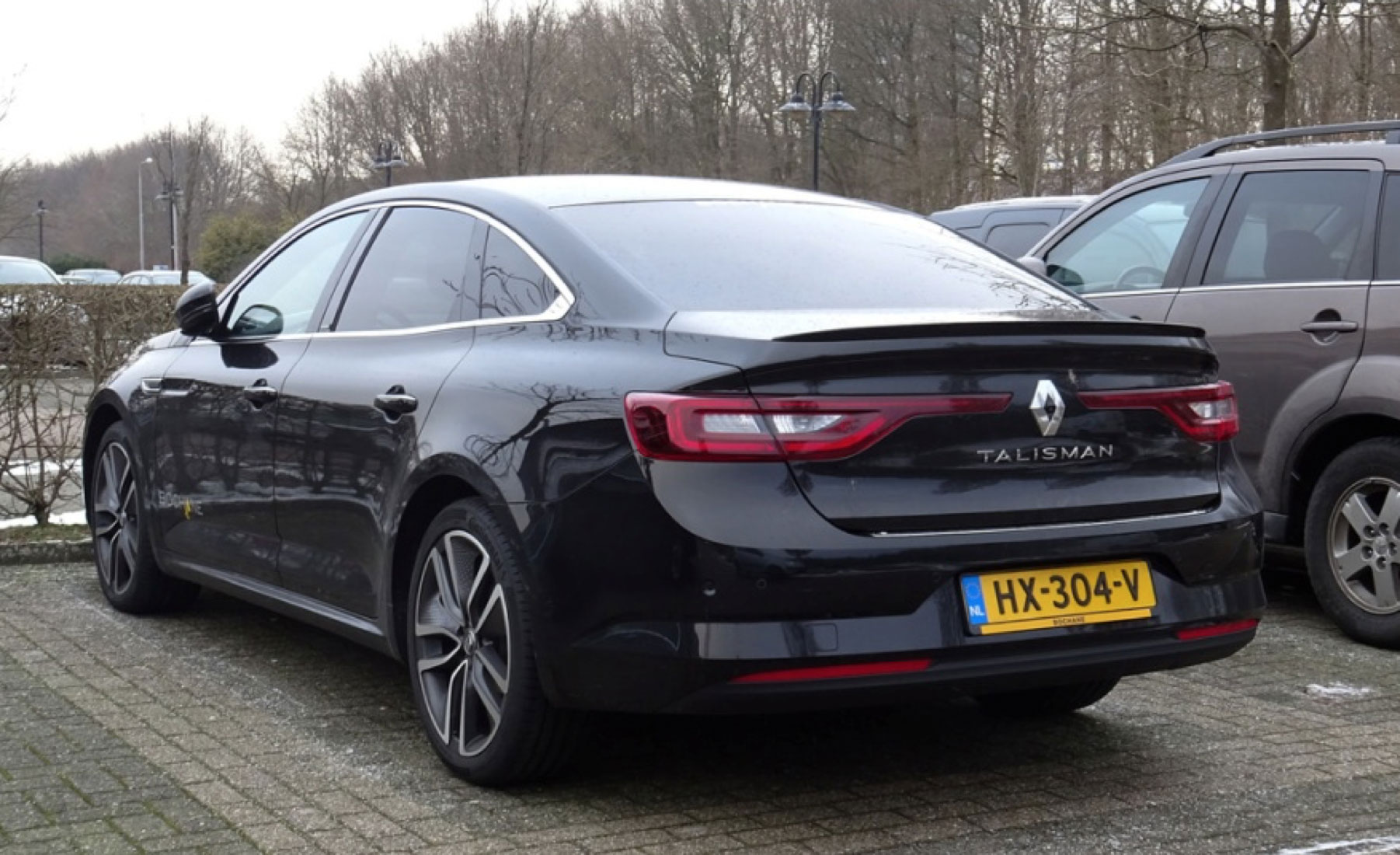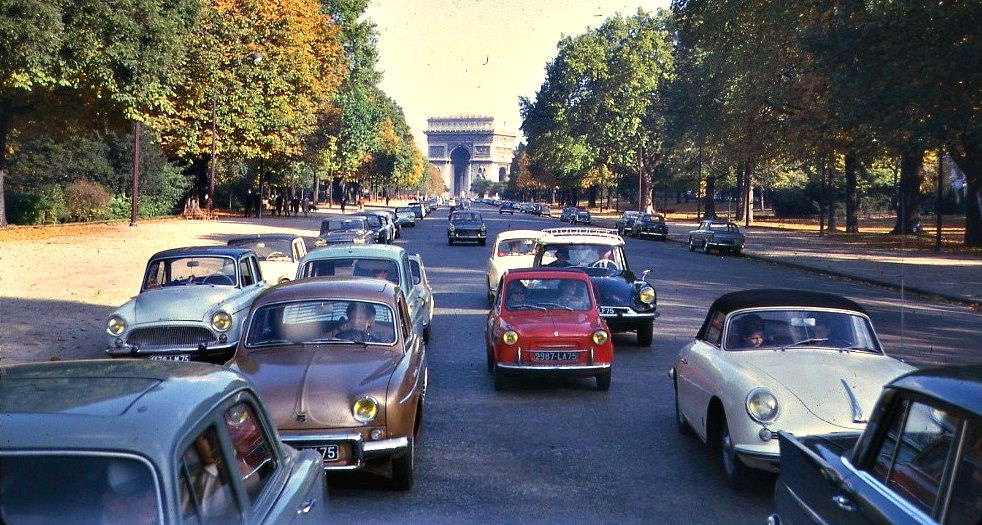
The French car manufacturer has had a terrific year of sales in India. And it has reached extremely close to meeting its target of capturing five percent of the Indian market share. It currently holds the 4.5% of the market share and is on its way to crossing the 5% mark this year.
One thing, however, stands in the way of success for the company.
In November last year, the Indian government embarked on a demonitisation policy. For those who don’t know what it means, demonitisation is when the government strips the legal status off its currency notes.
In India, the local banknotes worth 500 and 1,000 rupees were rendered useless at the stroke of a midnight hour. The measure was carried out to prevent the misuse of Indian banknotes by terrorist outfits and stop the flow of Indian currency in the black market.
One speech by the Indian Prime Minister, and the whole system underwent several aftershocks. Every sector in the Indian economy, including the automobile industry, was affected.
Renault was no exception.
The demonitisation circus inhibited the flow of traffic to dealers when the company saw a decline in the demand of new cars. Even when a sale was completed, the purchasers delayed delivery.




